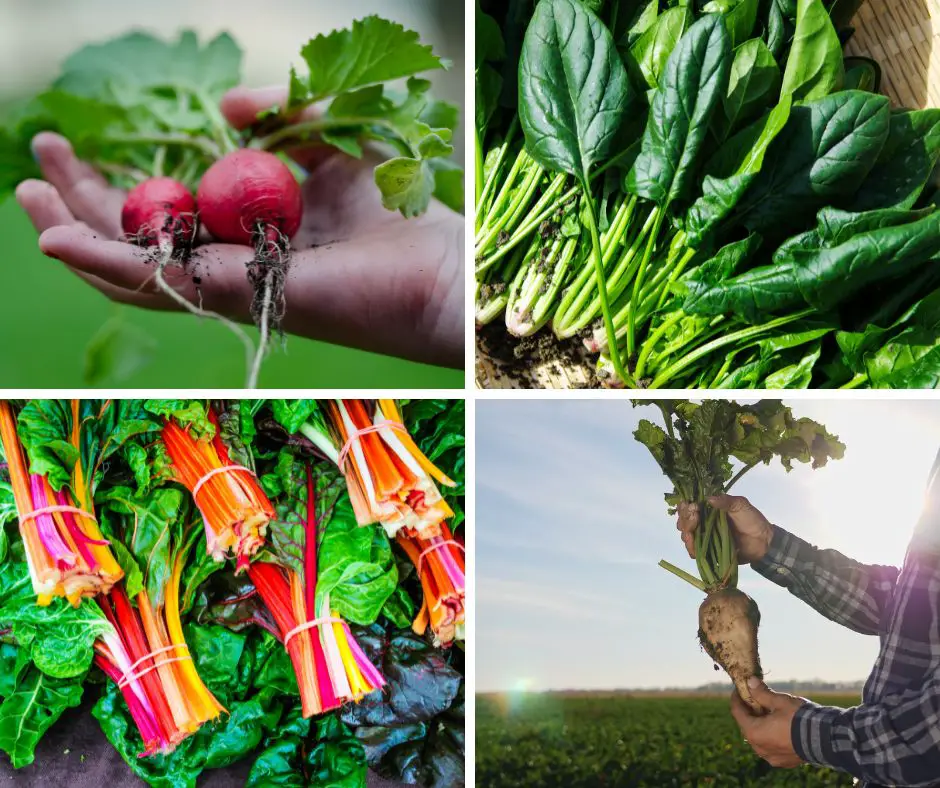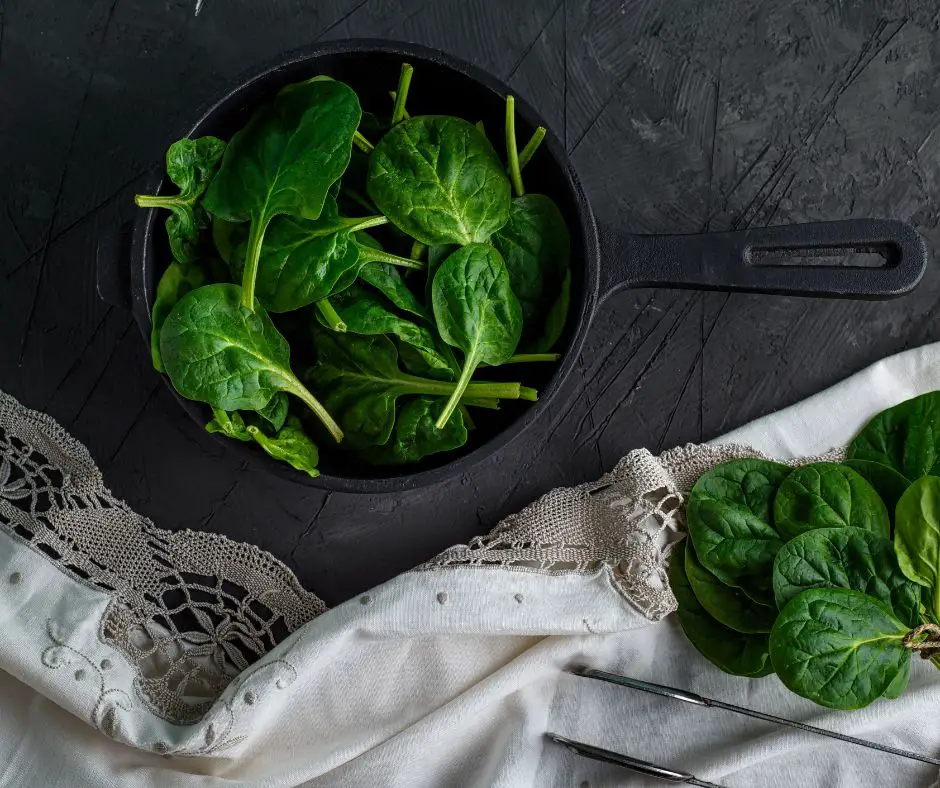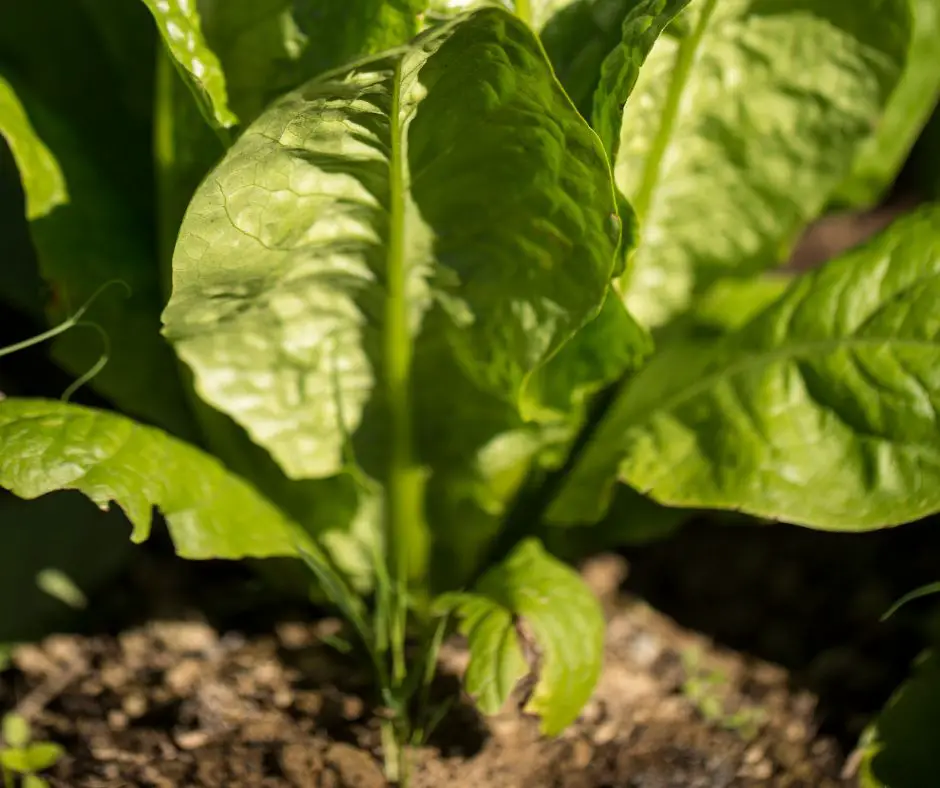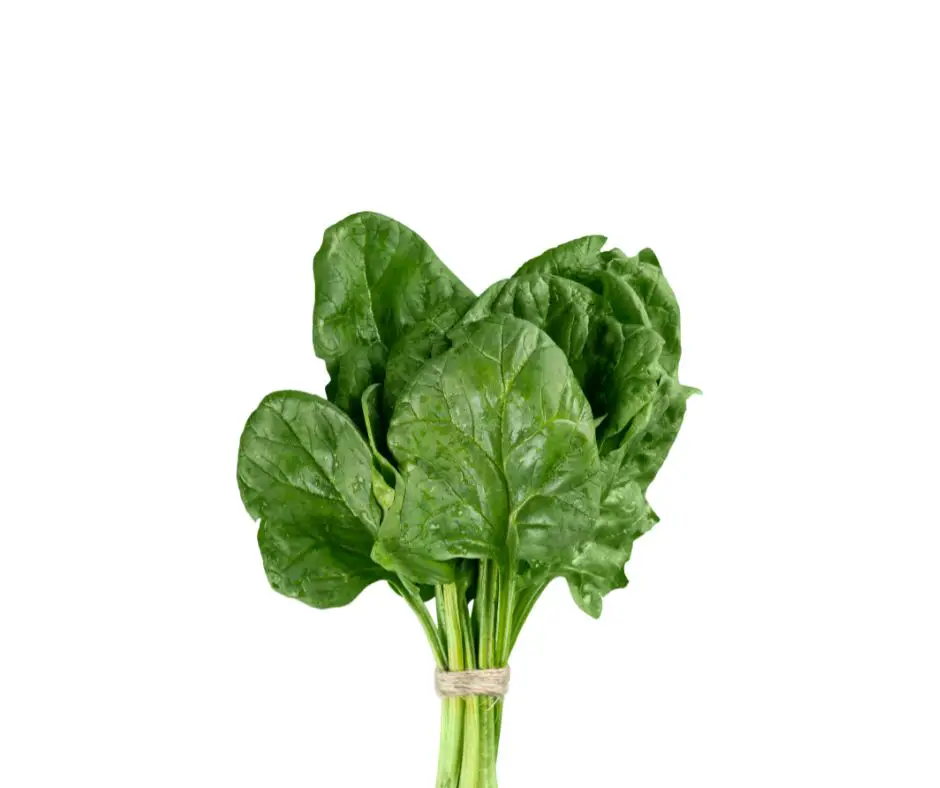Spinach is a leafy vegetable that forms part of almost every diet. It is a staple in most homes, but little is known about its vegetable family. Is spinach a brassica or not?
The truth is spinach is a brassica. It also produces four-petal flowers that emerge into a cross-like shape like other brassicas.
Spinach belongs to the beetroot family. It is one of the most nutritious vegetables and with many health benefits. Continue reading for detailed information!
Is Spinach a Brassica?

Yes. Spinach is a Brassica. Brassica vegetables, also known as fundamental essential vegetables, have four-petal flowers like a cross. They appear in the form of a cross, hence the name cruciferous.
Cruciferous vegetables go beyond just the essential functional foods. They also have health benefits, including disease prevention.
Brassica vegetables are rich in vitamins A, E, and K and contain minerals and fiber. Some of them have excellent nutritional content and potent anti-cancer properties.
What Vegetable Families are Spinach?
Spinach (Spinacia oleracea) is a hardy leaf, an annual vegetable that belongs to the amaranth family. Scientifically, this family is referred to as Amaranthaceae, but it is commonly known as the beetroot or goosefoot family.
Spinach shares the beetroot family with other vegetables commonly included in various recipes. Read on to find out more.
What are Other Vegetables Related to Spinach?

As mentioned, spinach belongs to the beetroot vegetable family. It is, however, not the only member here. All other vegetables in this family are related to spinach, and they include the following:
- Beetroot
- Quinoa
- Spinach
- Swiss Chard
- Spinach beet
- Amaranth
- Sugar beet
- Lamb’s quarters
- Silver cockscomb
Health Benefits of Spinach
Spinach comes with many nutritional and health benefits. Being on a spinach diet can keep you healthy and avoid contracting some chronic illnesses.
Let’s highlight the facts about this popular vegetable and how your body can benefit from it.
Raw or fresh spinach is 91% water, 4% carbohydrates, and 3% protein. It contains little fat. So, it can be the best choice if you are on a lean diet. 100 grams or 3.5 ounces of a spinach serving has only 23 grams calories.
You can use fresh, frozen, steamed, or quickly boiled spinach to gain from its nutritional properties. Like other vegetables in the Beetroot family, spinach is rich in vitamins A, C, E, and K.
It is also one of the best sources of minerals such as calcium, potassium, manganese, iron, and folate.
Spinach is also a way of adding fiber to your diet. The fibers aid in food movement through the digestive system.

The table below summarizes the nutritional content of 100 grams of spinach serving.
| Nutritional Value of Spinach per 100 g (3.5 oz) | |
| Carbohydrates | 3.6 g |
| Fat | 0.4 g |
| Protein | 23 g |
| Sugar | 0.4 g |
| Calcium | 99 mg |
| Iron | 2.71 mg |
| Manganese | 79 mg |
| Phosphorus | 49 mg |
| Potassium | 558 mg |
| Sodium | 79 mg |
| Magnesium | 0.897 mg |
| Zinc | 0.53 mg |
| Vitamin A | 9377 IU |
| Vitamin B | 0.195 mg |
| Vitamin C | 28 mg |
| Vitamin E | 2 mg |
| Vitamin K | 483 μg |
| Dietary fiber | 2.9 g |
Popeye Chopped Spinach, All Natural, No Preservatives, 13.5 Oz (3 Pack)
Spinach has many plant compounds that give it its health properties. These include lutein, kaempferol, nitrates, quercetin, and zeaxanthin. Each of these compounds serves a different purpose. Overall, spinach can help with the following:
- Contains antioxidants that fight oxidative stress and its effects.
- Rich in zeaxanthin and lutein that improve eye health.
- Contains MGDG and SQDG, compounds that slow down the growth of cancerous cells.
- Rich in nitrates that regulates blood pressure.
- High in water content that rehydrates the body.
- Contain minerals and vitamins that promote bone health.
- Rich in iron that cuts risks of iron-deficiency anemia.
- Has minerals and vitamins that improve the body’s immunity.
- Rich in folate, which prevents neural tube defects. That promotes the development of a healthy fetus.
- Contains vitamin C needed in collagen formation to help repair wounds.
Best Climate to Grow Spinach

Since spinach is about 91% water, it grows in cool areas. It performs best in regions whose daytime temperature never exceeds 75 degrees Fahrenheit. So if you live in a hot climate, you should choose drought-tolerant plants.
The recommended temperature range is between 45- and 68 degrees Fahrenheit, but a mature plant can tolerate slightly higher or lower temperatures.
However, don’t grow spinach in regions that experience low temperatures below 20 degrees Fahrenheit.
Spinach requires more water to grow. Since the roots are shallow, frequent watering or irrigation can help make the plants happy.
It needs about 1-1.5 inches of water a week, but you don’t have to keep this routine. It is recommended to water spinach several times a week during the dry season.
Lettuce and Greens Heirloom Vegetable Seed
- 🥬 5 VARIETIES GREENS AND LETTUCE SEED PACKETS - 5 of our most popular salad greens, including Arugula (Roquette), Spinach (Bloomsdale), Kale (Vates Blue Scotch Curled), Buttercrunch Lettuce, Romain Lettuce.
- 🥬 INCLUDED - 5 plant markers to help you keep track of what salad garden seeds you planted where.
- 🥬 WATER RESISTANT PACKAGING - Our high-quality heirloom seeds use professional seed packets, unlike our competitors who use plastic bags, leading to seed mold. Each high quality packet comes with planting and harvesting instructions. Over 5,000 seeds, more than double our competitors.
Best Month to Plant Spinach

Spinach requires cool weather to grow happily. That means you should plant it in spring or fall.
Winter and summer are not the best seasons for growing spinach, but you can consider some heat-tolerant varieties to grow in summer.
Spinach requires at least a temperature of 40 degrees Fahrenheit to germinate. This cool-temperature vegetable also requires full sun of about 6-8 hours of direct sunlight.
So, the best time to sow the seeds is late winter or early spring. You can also plant in late summer or early fall.
FAQs
Is spinach in the lettuce family?
No. Spinach and lettuce have similar characteristics that confuse people. The truth is the two are not in the same family. Spinach belongs to the Amaranth family, which it shares with beetroot, chard, etc.
Is spinach better than baby spinach?
It is challenging to decide which is a better vegetable between spinach and baby spinach. Both are rich in nutrients and have health benefits.
However, research has shown that baby spinach has more concentration of vitamin C, carotenoids, and flavonoids.
Is spinach a fruit or a vegetable?
All characteristics show that spinach is a vegetable. This leafy vegetable can never be mistaken for a fruit. Its leaves and soft shoot are also nutritious foods with many health benefits.
Is it OK to eat spinach every day?
Eating spinach provides your body with the nutrients it needs to function properly and fight other diseases.
However, too much spinach can be detrimental to your health. There is a possibility of developing kidney stones. Eat it in moderation to benefit from it.
Last Sentences
Spinach is a nutritious leafy vegetable that can benefit your body in many ways. It encourages healthy bone, good eyesight, healthy skin, prevents cancer, reduces blood cholesterol, and other benefits.
However, you should eat it in moderation to avoid side effects such as kidney stones. The good news is that spinach is easy to grow and performs well in a backyard garden.
Thank you for visiting Em Offgrid and reading this article to the end. We appreciate your time and invite you to share it with your friends if you find it informational.


